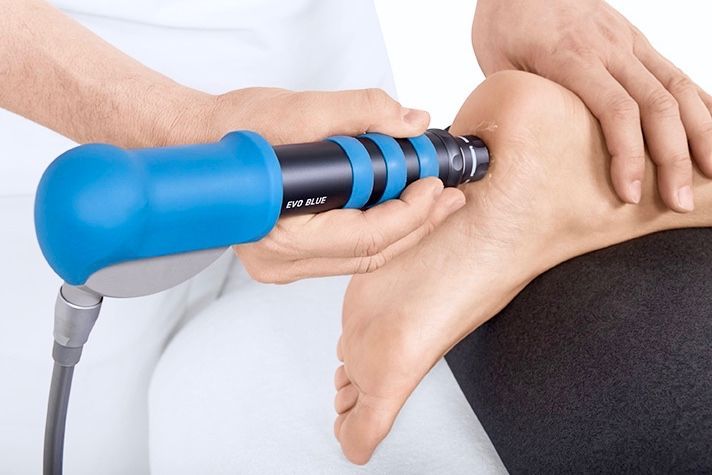Plantar Fascia Pain and Shockwave Therapy

The National Institute for Health and Clinical Excellence describes the medical name for this procedure as ‘extracorpeal Shockwave Therapy for refractory plantar fasciitis’. Extracorpeal means outside the body and refractory means that the condition does not respond to conventional treatments. The first course of action for plantar fascia pain remains a ‘settle it down, and build it backup approach’. We try to settle plantar fascia pain with activity modification, ice, self massage, stretching, heel supports…and then we try to strengthen and load it back into peak condition. However, should this fail, and some do, then Shockwave Therapy is a useful safe and effective alternative to try and kick start the healing process.
As discussed in our last blog, the shock waves are inaudible, high energy sound waves which create an inflammatory response, reduce the number of sensory free nerve endings, enhance blood flow and trigger the bodies pain control system (d’Agostino et al, 2015).
The main factor for Shockwave Therapy success is a relief of symptoms, for which there is level evidence for its success (Level 1 is the highest level of evidence; Speed, 2013). In a study (reference) of 172 patients, the average reduction in pain score at 3 months was greater in patients who had the procedure (112 patients_ than in those who had the treatment (56 patients). Another study (reference) who compared a placebo procedure found those that had the real thing had less pain after 3 months and didn’t need pain medication. And finally a long term study (reference) found that out of 149 patients, 69% who had the procedure reported ‘excellent’ results (no heel pain) after 64 months, whereas all the patients who did not have Shockwave Therapy reported some pain.
It is worth noting that although Shockwave Therapy is a safe treatment, there can be some side effects of pain after the treatment, normally lasting 24-48 hours and some skin reddening or bruising (reference, reference)
If you have been suffering with plantar fascia pain for a while, and you have tried all the other methods of ice, self massage, rest, stretching, strengthening, heel supports, pain relief and you are fed of the pain, then give us a call to discuss Shockwave Therapy. Or if you have not tried any of above then give us a call and we can develop a plan with you!
Chelmsford Physio
Riverside Leisure Centre, Victoria Rd, Chelmsford CM1 1FG



